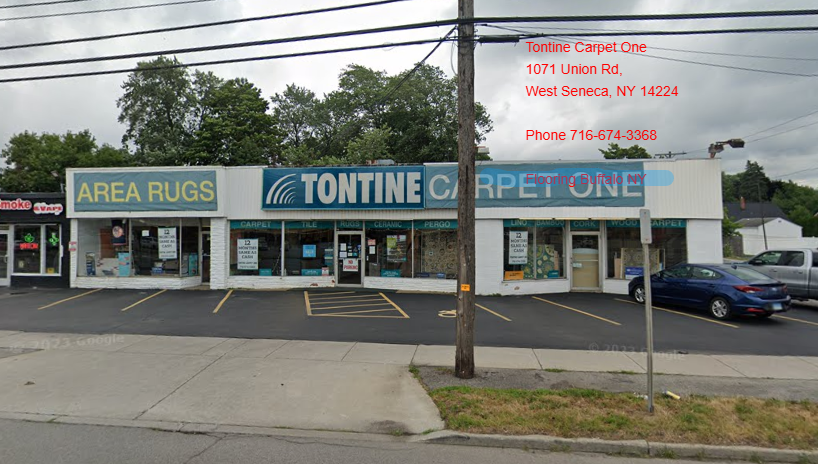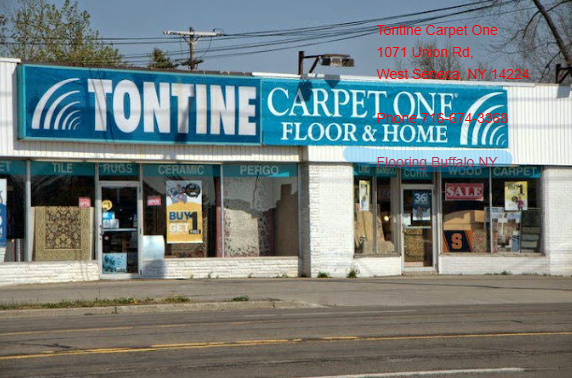Introduction
When we walk by means of a fantastically embellished homestead, our eyes more commonly fall upon the carpeting that serves as equally a groundwork and a observation piece. Carpets can raise spaces, featuring heat, convenience, and a cultured charm. But have you ever ever puzzled how carpet kinds developed over time? From pricey Persian rugs to modern minimalist designs, the adventure of carpeting types reflects societal adjustments, technological improvements, and evolving tastes.
In this article, we’ll explore The Evolution of Carpeting Styles Over the Years in detail. We'll delve into historical context, ingredients used, layout traits, and contemporary inventions inside the carpet trade. Whether you are purchasing for carpets Buffalo NY, Hardwood Flooring Buffalo NY, or clearly exploring alternatives at your nearby Buffalo Carpet Store, this text will deliver insights into how carpets have changed through the years.
The Evolution of Carpeting Styles Over the Years
A Brief History of Carpeting
Carpeting has a rich records courting back lots of years. Initially created for purposeful functions, carpets advanced into ornamental paintings types that mirrored cultural values and improvements.
Early Beginnings: The Origin of Rugs
- Persian Influence: Persian rugs are among the oldest general carpets, relationship back to around 500 BC. Their difficult designs continuously feature floral motifs and geometric patterns. Navajo Weaving: In North America, Native American tribes just like the Navajo began weaving their own certain rugs as early as the 17th century.
These early carpets have https://www.storeboard.com/blogs/antiques/step-via-step-guide-to-measuring-for-new-carpets/6008590 been not simplest useful yet also served as status symbols inside their respective cultures.
The Middle Ages: A Shift in Functionality
As societies built in the time of the Middle Ages, carpets transitioned from being purely utilitarian to serving as ornamental materials in castles and church buildings across Europe. The use of wealthy colors and complex designs grew to be widespread.
Renaissance to Industrial Revolution: The Rise of Luxury Carpets
Renaissance Flourishes
During the Renaissance length (14th to seventeenth centuries), European royalty commissioned excellent tapestries and carpets for their residences. These textiles featured vibrant colors and depicted scenes from mythology or nature.
Industrial Innovations
The Industrial Revolution within the 18th century marked a fantastic turning aspect for carpeting types:

- Mass Production: With developments in equipment, carpets may be produced on a larger scale. Synthetic Fibers: The advent of artificial fibers introduced longevity at decrease fees.
twentieth Century: Diverse Styles Emerge
As we entered the 20th century, carpeting started to diversify additional:
Mid-Century Modern Designs
The mid-century trendy motion emphasized simplicity and function. Carpets such as shag rugs have become established owing to their textural characteristics.
Post-War Era Trends
After World War II, there has been a surge in suburban dwelling which inspired carpet design:
- Wall-to-wall carpeting turned into a staple in many properties. Bright shades like avocado inexperienced and mustard yellow pondered ordinary way of life at some point of this period.
Contemporary Trends: Sustainable Practices and Technology
Today’s carpets mirror existing life style choices with an emphasis on sustainability and technological know-how:
Eco-Friendly Materials
Many patrons are now trying sustainable thoughts made from recycled elements or biological fibers. This shift is obvious at neighborhood floors shops like Tontine Carpet One Buffalo NY.
Technological Advancements
Innovations resembling stain-resistant remedies and stepped forward setting up techniques have made conserving carpets easier than ever earlier.
Materials Used in Carpet Making Through Time
Natural vs Synthetic Fibers: A Comparative Analysis
When discussing carpet ingredients over time, it’s indispensable to trust the two traditional and manufactured fibers:
| Material Type | Characteristics | Advantages | Disadvantages | |-------------------|-----------------------------------------------------|-----------------------------------------|-------------------------------------| | Natural Fibers | Wool, cotton, jute | Eco-friendly; expensive feel | Can be high priced | | Synthetic Fibers | Nylon, polyester | Durable; stain-resistant | Less breathable |
Wool: The Classic Choice
Wool has been respected for its sturdiness and steeply-priced texture at some stage in history. It retains warmth effectively and is certainly immune to grime.
Nylon: A Modern Marvel
Introduced inside the mid-20th century, nylon swiftly was known thanks to its resilience against put on and tear—best for prime-site visitors spaces like hallways or dwelling rooms.
Design Trends Across Different Eras
Victorian Patterns: Opulence Redefined
In Victorian instances (19th century), ornate styles dominated carpet designs with floral motifs reflecting wealth.
Art Deco Inspirations
Art Deco (Twenties) added geometric shapes into center of attention—offering ambitious contrasts that also resonate this present day.
Influence of Culture on Carpet Design
Cultural Significance
Every way of life has its extraordinary contribution to carpet making—from Persian motifs celebrating nature to Navajo patterns reflecting storytelling.
Regional Styles
Each quarter showcases unique qualities dependent on feasible materials or classic programs—consider Turkish kilims as opposed to Indian dhurries!
FAQs
1. What are some primary sorts of carpeting?
There are quite a number forms along with loop pile, cut pile (like plush), frieze (twisted), Berber (looped & textured). Each gives you the different aesthetics & comfort ranges!
2. How do I opt a carpet headquartered on culture?
Consider points corresponding to foot traffic levels! For busy families with pets/childrens go for sturdy innovations like nylon or Berber styles that face up to stains!
3. Are green carpets value it?
Absolutely! They now not simply give a contribution in the direction of sustainability but also can provide better air good quality merits! Many eco-friendly manufacturers now have elegant choices too!
four. How ordinarilly may still I exchange my carpet?

5. What’s trending right now in carpeting patterns?
Current trends emphasize textures—imagine shaggy appears to be like paired with impartial sunglasses! Also multi-sensible area rugs are enormously favorite!
6. Can I install carpet myself?
While DIY installation is seemingly fantastically with modular tiles; knowledgeable install guarantees faultless outcome fairly for wall-to-wall fittings!
Conclusion
As we reflect on The Evolution of Carpeting Styles Over the Years, it is clear that those humble textiles inform testimonies a long way past aesthetics—they encapsulate cultural identities even as adapting with time's currents! Whether you’re journeying your native Buffalo Carpet Store or finding out among ideas at Tontine Carpet One Buffalo NY; working out this evolution enhances appreciation on your possibilities as we speak!
From pure fibers steeped in tradition to modern-day artificial recommendations; our reference to flooring stays profound! So next time you stroll across your plush living room carpet understand that—it’s extra than simply fabric underfoot—it’s historical past woven into each thread!